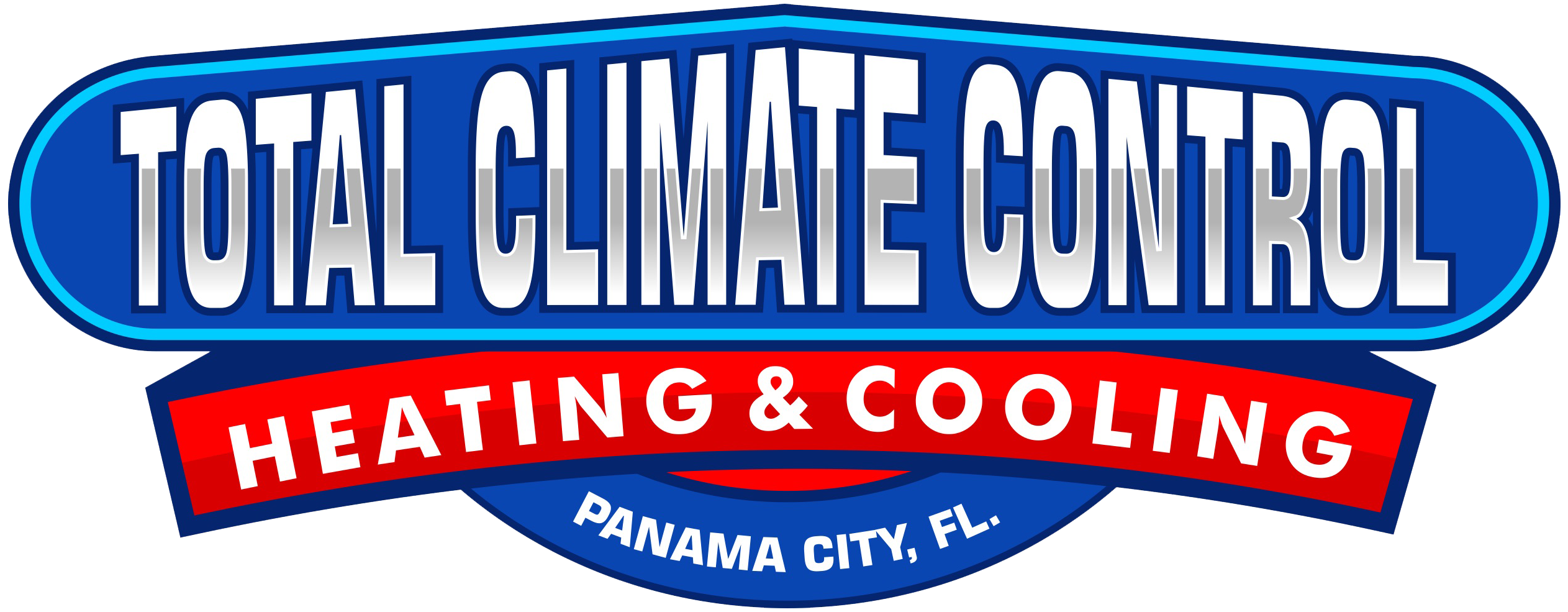Most likely, you don’t like being in your attic on hot summer days unless it’s all finished up. The hot sun beating down on the roof right above your head and the lack of air conditioning pipes can make the attic very hot. But if you make sure there is enough airflow, you can at least cool it down to the same temperature as the air outside.
Lots of Hot Air
The air conditioner in your home has to fight off all kinds of heat, like sunlight coming in through the windows, steam from the stove, and even body heat from people and animals. But in homes with attics that don’t have vents, hot air trapped in the attic may be one of the main sources of heat that comes through the roof.
It doesn’t make sense to seal off your attic and put your HVAC vents up there unless you want to turn it into a living place. You can, however, install attic fans that will constantly bring in fresh air from outside, keeping your attic from becoming an oven.
Rooftop fans and gable fans are the two main types of attic fans.
Putting rooftop fans right on top of the roof does two things at once: it gets rid of the stale air and brings in cooler air in its place. There are two different gable fans on opposite sides of the attic. One blows air in, and the other blows air out.
A lot of people like solar-powered roof fans of both types. Attic fans work best during the day because sunshine on the roof is what heats the attic. If you set your fans to run on their own and let the sun power them, they’ll run when you need them to without you having to do anything. The best part is that they don’t add to your power bills at all. Just put the fans in place and let them do their thing.
Keep Cool and Dry
Attics that don’t have enough airflow have more problems than just heat buildup. These places also hold water, both natural humidity from the outside and humidity made by people in the rooms below, from things like boiling pots, hot showers, and other sources.
If this humidity builds up in the attic and has nowhere to go, mold and mildew can start to grow, which is not good. Based on the type of insulation you have on the floor of your attic, mold spores could damage your valuable insulation and put your health at risk.
Close it up
Another important thing to keep in mind about attic fans is that they only work if there is a tight seal between your living space and your roof. For lack of better protection, the airflow in your attic could pull a lot of your cooled air up and out of your home through holes and cracks in the roof.
Before you have an attic fan put in, you should carefully check this barrier for any holes or cracks that let air move from the first floor of your home to the attic.
If your attic doesn’t have any vents and you want to get some cool air moving, don’t wait to contact us for a free review.
